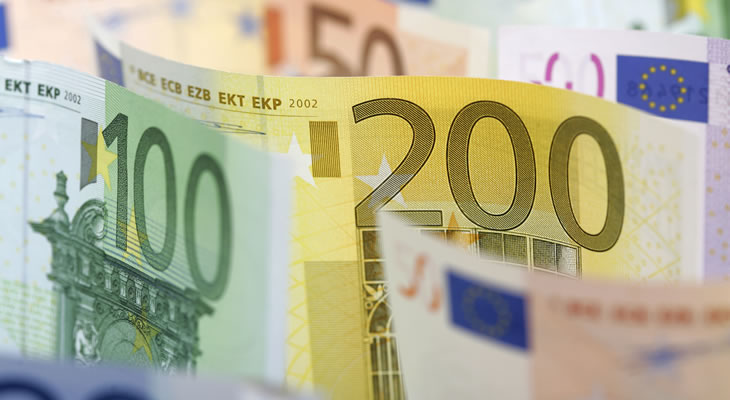The Pound to Euro (GBP/EUR) exchange rate is holding steady this morning. The pair rallied the previous week, settling at €1.1192 on Thursday 31st December a 5-week high. The pair is currently trading around €1.1129.
Pound (GBP) Slips as Lockdown Decision Expected
The UK Government approved the Brexit deal at the end of last week, and the end of last year pushing the Pound higher across the board.
Furthermore, the Pound seemed to be unaffected by the fact that the post-Brexit trade deal excluded the services sector which makes up for around 80% of economic activity in the UK.
However, with Brexit finally done, attention turned quickly back to the UK’s Covid-19 crisis as daily infections continue to remain over 50,000.
With three quarters of the country in the highest level of restrictions, Tier 4, Prime Minister Boris Johnson warned over the weekend that restrictions will continue to get tougher.
The Prime Minister is under increasing pressure from Labour leader Keir Starmer, teachers’ unions and the general public to impose a further third lockdown to tackle the spiralling figures.
With a decision expected today as to whether to put all of England back into full lockdown, the decision could cause worry for the Pound.
Meanwhile, the UK manufacturing PMI was revised higher to 57.5 in December 2020, up from a preliminary estimate of 57.3 and compared to November’s final reading of 55.6, which has shown growth in the manufacturing sector, a positive for Sterling.
This growth in the manufacturing sector was supported by rising new orders as clients brought forward orders to guard against potential disruption caused by the end of the Brexit transition period.
Euro (EUR) Continues to Make Small Gains on Falling US Dollar (USD)
The Euro (EUR) continues to be well supported by its negative correlation with the falling US Dollar (USD) as the safe-haven currency continues to suffer.
The Eurozone Manufacturing PMI was revised lower to 55.2 in December 2020, from an initial estimate of 55.5 and compared with November’s final 53.8.
The reading pointed to the strongest growth in factory activity since May 2018. Which has supported the Euro’s growth.
Furthermore, the Eurozone’s largest economy, Germany also saw an increase in its own Manufacturing PMI, although revised lower to 58.3 in December of 2020, the reading pointed to a recovery from shutdowns caused by the first wave of the coronavirus pandemic earlier in 2020.
GBP/EUR Outlook: Coronavirus to Remain in Focus
Looking ahead, the GBP/EUR exchange rate is expected to face some pressure this week as the looming presence of a further national lockdown could cause concern for GBP investors.


Comments are closed.